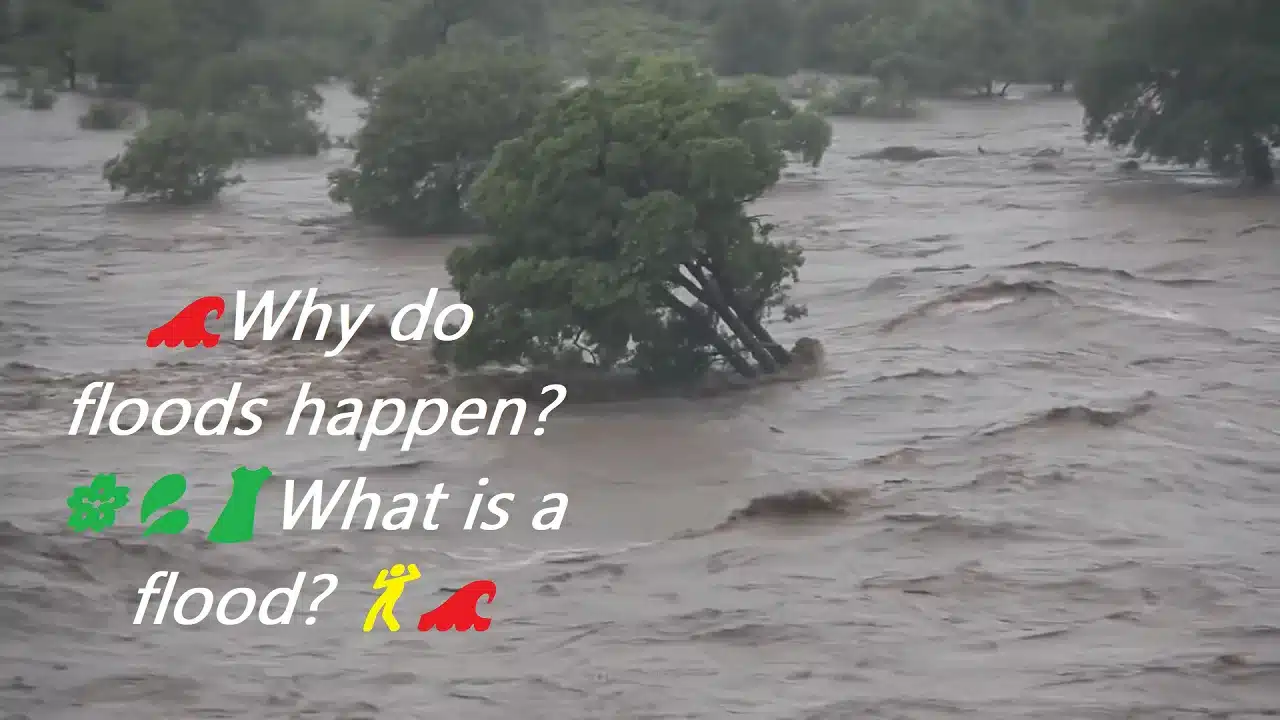Introduction
Floods are natural disasters that have the potential to cause significant damage to both human lives and the environment. They occur when there is an overflow of water onto normally dry land,
often due to heavy rainfall or the rapid melting of snow and ice. In this article, we will explore the causes of floods, their effects, and measures that can be taken to mitigate their impact.

Table of Contents
What is a flood?
A flood is an event where water covers land that is typically dry. It is a natural occurrence that can happen in various forms and scales.
Floods can be caused by excessive rainfall, overflowing rivers, coastal storm surges, or dam failures. The severity of a flood depends on factors such as the volume and rate of water accumulation, topography, and existing drainage systems.
Read more….
Top 20+ Instagram Name Style | 💫😍
🔥💥🎮 Level up your game with these sizzling Free Fire name styles ! 💪🔥😎
🔥🎮 Discover the Coolest Free Fire Name to Dominate the Gaming Arena! 🏆
🎯 Master the Art of FB Stylish Bio 💯 Stand Out in the Crowd 🌈
💎🔥 Unlock Exclusive Benefits with a Facebook VIP Account! Join Now! 😍✨
🌟 “Unlock Your Facebook VIP Bio /Status 🎉🔐✨
Causes of floods
- Heavy rainfall: Intense or prolonged rainfall is a common cause of flooding. When precipitation exceeds the capacity of the soil to absorb it or the drainage systems to carry it away, water accumulates and floods occur.
- River overflow: Rivers can overflow their banks due to heavy rainfall, snowmelt, or a combination of both. When the volume of water entering a river exceeds its capacity, flooding can happen downstream.
- Coastal storm surges: Powerful storms, such as hurricanes or cyclones, can generate a surge of seawater onto coastal areas. The combination of strong winds and low atmospheric pressure pushes water inland, resulting in flooding.
- Dam failures: Dam failures can lead to catastrophic flooding. If a dam is structurally compromised or overwhelmed by excessive water, it can release a large amount of water downstream, causing significant flooding.
Effects of floods
- Destruction of infrastructure: Floods can damage roads, bridges, buildings, and other critical infrastructure. The force of rushing water can wash away or weaken structures, leading to their collapse.
- Loss of lives and displacement: Floods pose a direct threat to human lives. People caught in floodwaters can drown, and those who survive may face displacement and the loss of their homes and belongings.
- Environmental impact: Floods can have severe consequences for the environment. They can erode soil, destroy habitats, and contaminate water sources with pollutants and debris. Flooding can also affect agriculture by washing away crops and causing soil degradation.
- Economic repercussions: The aftermath of floods often includes significant economic losses. Businesses may suffer damage or disruption, and communities can face costly recovery and reconstruction efforts.
Mitigating flood risks
- Land-use planning: Appropriate land-use planning can help reduce flood risks. Identifying flood-prone areas and implementing zoning regulations can restrict development in high-risk zones, protecting lives and properties.
- Floodplain mapping: Detailed floodplain mapping provides valuable information about areas prone to flooding. This data aids in designing effective flood control measures, such as constructing levees or flood walls.
- Improved infrastructure: Enhancing drainage systems, building flood retention basins, and maintaining existing infrastructure can improve flood management. Upgrading and maintaining dams and reservoirs are crucial to prevent failures and control water release during heavy rainfall.
- Early warning systems: Implementing advanced forecasting and early warning systems allows for timely alerts to be issued before floods occur. These systems provide essential time for evacuation and emergency preparedness.
- Public awareness and education: Educating communities about flood risks and appropriate response measures is essential. Promoting awareness of evacuation routes, emergency kits, and safety procedures can save lives and minimize damages.
Conclusion
Floods are natural phenomena that can have devastating consequences for human lives, the environment, and the economy. Understanding the causes of floods and implementing effective flood management strategies is crucial to minimize their impact.
Through proper planning, infrastructure improvements, and public awareness, it is possible to mitigate flood risks and enhance the resilience of communities in flood-prone areas.
Frequently Asked Questions
1. Can floods be predicted in advance? Yes, to some extent. Advanced weather monitoring systems and hydrological models can provide forecasts and warnings of potential flooding, allowing authorities to take necessary precautions.
2. How long does it take for floodwaters to recede? The duration for floodwaters to recede depends on various factors, such as the volume of water, the terrain, and weather conditions. It can range from a few days to several weeks.
3. Are floods becoming more frequent due to climate change? There is scientific evidence suggesting that climate change can contribute to more frequent and intense rainfall events, potentially increasing the likelihood of flooding in certain regions.
4. What should I do during a flood? During a flood, it is essential to prioritize your safety. Follow evacuation orders, move to higher ground, and avoid walking or driving through floodwaters. Listen to local authorities for guidance and updates.
5. How can insurance help in flood-prone areas? Insurance coverage specific to floods can provide financial protection against damages caused by flooding. It is advisable to check with insurance providers about flood insurance options in your area.
Tags,
What is the definition of a flood?,
How is flooding caused?,
What does flood me out mean?,
What was the largest flood on Earth?,
what is flood class 9,
floods definition and causes,
flood definition in geography,
causes and effects of flood,
Leave a Reply